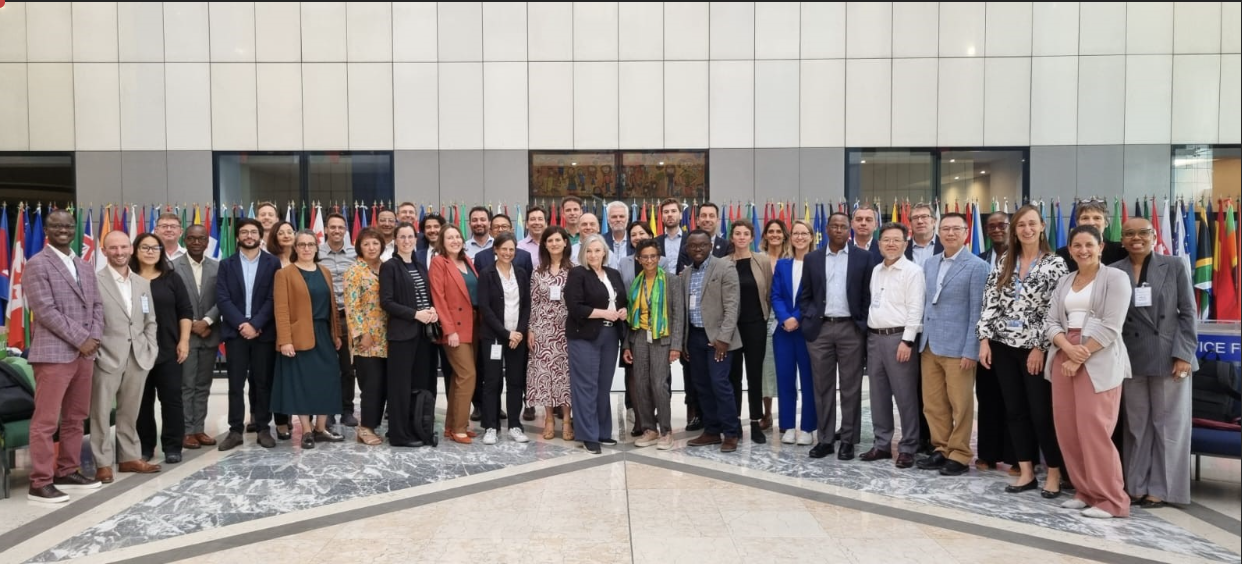Making investments more effective and impactful: the critical role of environmental and social risk management across multilateral institutions

Who benefits from new income opportunities, how and where intervention is delivered, and how environmental and social risks are managed – these are some of the elements that will have a direct influence on the impacts of finance and investments on the ground.
Over 50 specialists from 23 multilateral organizations and partners, such as the World Bank, the Asian Development Bank, the Asian Infrastructure Investment Bank and the Inter-American Development Bank gathered at a two-day meeting this month, co-hosted by FAO and IFAD to take stock of environmental and social (E&S) standards and identify ways to collaborate, harmonize, and align across institutions.
Innovation in action: digital tools transforming risk management
New and emerging issues require attention and coordination, for example digitalization. Innovative solutions, such as the use of GIS and artificial intelligence (AI) tools, are opening up new ways to analyze social and environmental risks. FAO’s Environmental and Social Standards Hub was showcased as an example of how the AI-powered system can optimize project design, enable quicker identification of E&S risks, and improve decision-making processes.
The current development context also has implications for environmental and social risk management. The G20 has called for E&S processes to be better streamlined and harmonized across multilateral institutions to maximize impacts on the ground. The reality of working in fragile and conflict-affected contexts requires tailored approaches to identify and manage risks and vulnerabilities. The growing complexity of integrating E&S assessment in supply chains and Environmental Society and Governance (ESG) considerations and ensuring that E&S frameworks are not only effective but also efficient in real-world applications were some of the practical challenges that the participants reflected on.
“Strengthening environmental and social risk management is a way for us to ensure that every investment delivers greater impact on the ground and for the people who we serve” said Kaveh Zahedi, Director of FAO’s Office of Climate Change, Biodiversity and Environment (OCB). “Robust risk management is not just a matter of procedural compliance but a strategic tool that can make investments deliver lasting impact”, he added.
The Working Group on Environmental and Social Standards will remain a key platform for exchanging insights and addressing the latest developments in E&S risk management. With a renewed focus on innovation, harmonized standards, and digitalization, the Group is set to support the next generation of investments that can drive resilient and inclusive development across sectors.
More on FAO's environmental and social safeguards: https://www.fao.org/environmental-social-safeguards/en
